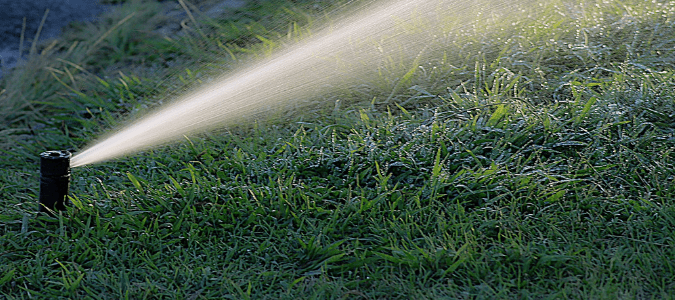
We all have that one neighbor with the perfect lawn. You know, the yard that you can’t help but pause in front of to admire. On one of these occasions, you ask yourself: “How often should I water my lawn with a sprinkler system so that it looks just like that?”
Unfortunately, determining a proper lawn watering schedule isn’t as simple as you might expect. Many different factors influence how much moisture your plants need to thrive, including what type of soil you have, your weather, what plant species you have in your yard and how much water your sprinkler heads put out. In addition, one homeowner might just want the grass to survive the heat of summer, while another might want that picture-perfect, golf course-quality turf.
Grass needs to be watered when the leaf blades begin to curl or when your lawn looks dark and dull. Unless you have a dry winter, you may not need to water much, if at all, since many warm-season kinds of grass go dormant. During the summer, however, your lawn will need the most moisture. Depending on your conditions, your grass may still do fine with as little as an inch of water each week during the hottest and driest months to stay healthy.
Municipal governments faced with diminished water supplies have restricted water use through voluntary and mandatory restrictions, particularly during the dry summer months or during drought conditions. In many areas, homeowners are only allowed to water lawns once or twice a week, which is adequate for established plants that have adapted to your local conditions. Newly-planted grass or flowers might need more frequent hand watering initially while roots are developing.
Although it may seem counterintuitive, your lawn will be more healthy if you water less frequently, but deeply. Ideally, water should penetrate about 4 to 6 inches beneath the surface so that it reaches your plants’ root systems. To determine how long you need to run your sprinklers to reach this depth, set at least 6 same-sized cans down around your lawn (cat food or tuna cans work well for this). Set your sprinkler to run for 30 minutes. After this time has elapsed, measure how much water is in each can. Add the measurements from each can and then divide by 6 (or the number of cans you ended up with) to get an average depth.
Using a soil probe or garden spade can help you determine how far down the soil became wet and how long you’ll need to water to wet your soil at the desired depth. For example, perhaps you determined that your soil was wet 3 inches below the surface when you watered for 30 minutes with half an inch of water, on average, in your cans. You can expect that watering for an hour will supply your lawn with an inch of water, which will penetrate six inches down into your soil, the optimal depth to reach the plant roots.
Even when you switch to watering just a time or two a week, there are still other things you can do to maximize the amount of moisture getting to your plants. One tactic which has become popular for sprinkler systems is the cycle soak method. Using this technique, you set your sprinklers to run multiple cycles for each station with a half hour to an hour in between to allow the water to soak into your soil. The first cycle allows you to saturate the soil’s top layer, while the second enables water to go deeper beneath the surface. A third cycle can prevent runoff, especially if your lawn has a slope. Instead of watering at one station for 30 minutes, using the cycle soak method you might turn on your sprinkler for 10 minutes, then let the area rest for 30 minutes, then water again for another 10 minutes.
Many homeowners don’t realize the importance of what time of day you set your sprinklers to run. Watering in the early morning or evening is best to minimize the amount of water that is lost to evaporation. In addition, watering during these hours helps prevent moisture from remaining on leaf surfaces during nightfall. Watering at night makes plants more vulnerable to illness and decay.
Now that we have covered the basics, let’s go into more detail about how to keep your plants well-nourished and green by examining sprinkler run times and other ways to optimize your sprinkler system.
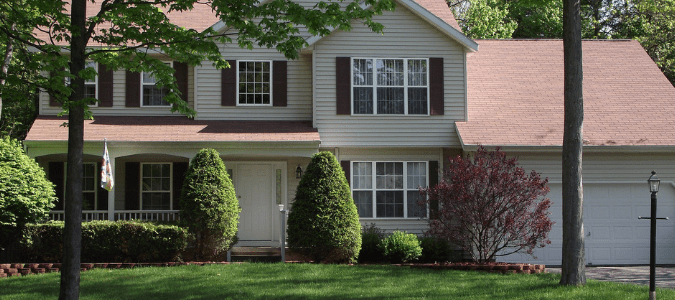
What Are The Recommended Sprinkler Run Times For My Area?
About 30% of the water the average American family uses goes outside. More than half of that ends up in our lawns and gardens. Experts estimate that over 50 percent of water homes and businesses use in our outdoor areas is wasted because of overwatering, run-off and evaporation. Overwatering is not only wasteful, but it is more harmful to our yards than underwatering.
Some homeowners use the automatic settings on the sprinkler systems, which do not take into account local and seasonal conditions. In many cases, irrigation systems can sense rainfall occurred, but does not reduce the amount a lawn is watered, often leading to unnecessary watering. Another common sprinkler system issue is that many homeowners do not perform periodic maintenance on their system, which can indicate where water is being wasted, what parts have become worn over time or where leaks and other problems are occurring.
To curb water waste, many municipal governments and agricultural extension offices have created irrigation calculators using local weather data to help homeowners determine how long to run their sprinklers. For example, Texas A&M worked with water utilities and cities to collect data for the WaterMyYard app. This web-based tool can help you set your sprinkler run times and also send you email or text reminders with instructions on how to run your system. Homeowners can select the type of irrigation system in their yard: spray, rotor, multi-stream, drip and even hose-end oscillating sprinklers. These resources apply a standard rate of evapotranspiration (ET) based on your location’s humidity, temperature, wind speed and solar radiation to determine how much water your landscape will need for your plants and grass to grow.
If your lawn is dormant in the winter months, start watering once a week in the spring. Start at the lowest recommended run time and make adjustments by 10% as it gets warmer or cooler. During the spring months, you can expect to water between 20 and 50% less than during the summer. You may need to add in an additional day each week when summer begins, depending on how your plants are faring and whether water restrictions are in place in your area. If you have any sloped sections of your yard, you’ll want to water those in shorter sessions to avoid run-off. Make sure to adjust your watering times if you do have rain in your area, and to increase watering in unseasonably hot weather. In the fall, you can expect to water about 30% less than you did during the summertime.
If your area does not have a local resource to help calculate your sprinkler run times, or if managing your irrigation system seems overwhelming, you might consider contacting a trusted local lawn services company. A lawn pro that is familiar with your area can inspect your sprinkler system and yard and help you come up with a schedule that keeps your grass green and healthy and doesn’t lead to a spike in your monthly water bill.
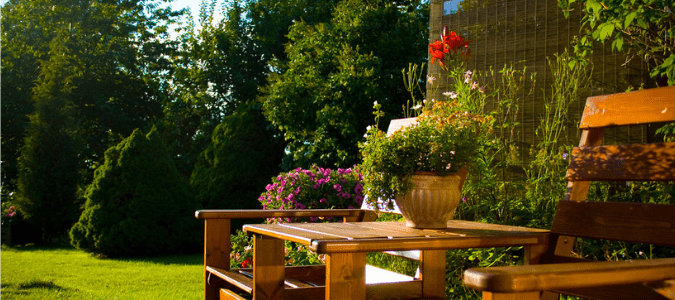
How Long To Water Per Zone: Other Considerations
Many factors go into how much to water your yard, including the condition and design of your sprinkler system. Drip irrigation, bubblers and low-output sprinkler heads are more efficient and tend to waste less water. While you may have to wait longer for a drip irrigation system to wet your soil, you will lose less water to evaporation than with an automatic sprinkler system. While automated sprinklers certainly are convenient, a homeowner can easily waste water if regular maintenance and needed repairs go undone.
You won’t need to water each zone as much if your sprinklers supply large drops of water closer to the ground than systems which spray fine mists into the air. Design your irrigation system to water shrubs and trees separately from your grass, since larger plants have deeper roots and will need to be watered differently. Stations in shady areas may only require about half the watering as a sunny spot. Choose native plants that are already adapted to your area and require less watering. Grass, in particular, should be chosen based on your requirements and desires for traffic tolerance, mowing frequency, shade tolerance and drought tolerance. Proper mowing, thatch control, aeration and fertilization can help complement your routine watering to keep your landscape vibrant.
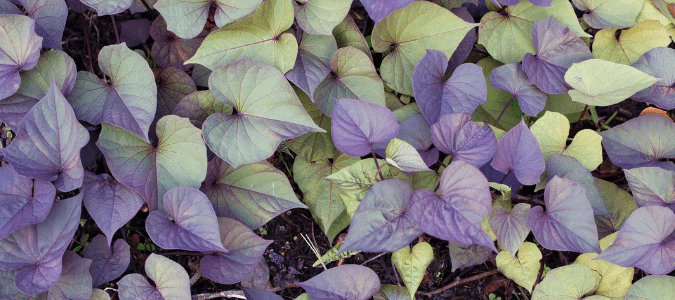
How Long To Run Sprinklers In A Garden
Watering the right amount at the right times can help you prevent erosion and cut back on your fertilizer needs in your garden. As with our lawns, most gardens receive twice as much water as they typically need. Plants need adequate moisture when transplanted from another location, during germination and when seedlings are first emerging. When you see signs of wilting and plants looking “off” in color, you know you need to water. The same principles we mentioned earlier apply to watering a lawn and running sprinklers in your a flower bed or garden.
A sprinkler system is most common in garden areas, but is has several disadvantages. First of all, sprinklers water both the plant and the soil, so it’s more likely that moisture will remain on leaves overnight, increasing the likelihood of disease. Wind can also make a sprinkler system less efficient, since water is lost to evaporation. Since gardens tend to have more height variation, water coming from a sprinkler system is more likely to reach taller and fuller plants, not supplying water evenly to other parts of your garden.
The most efficient method to supply water to your garden is through a drip irrigation system. By supplying water directly to the soil, less moisture is lost to evaporation, and more reaches a plant’s root system. As with other types of sprinkler systems, the plant species, level of rainfall, soil type and temperature will determine your irrigation requirements. Native, established plants will require less water than new shrubs and trees. Perennials and shrubs will need less water than vegetables and perennials. Grouping plants by water needs will make it easier to create your irrigation zones to give your garden plants the water they need.
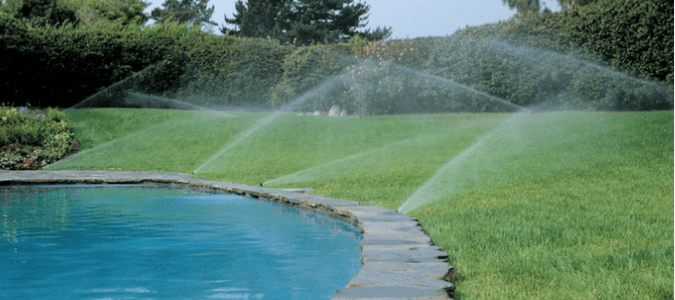
Understanding Sprinkler Systems: Signs Of A Problem
Homeowners should check their sprinkler system at least once a year to make sure that enough water is being applied evenly across your yard. Better yet, have an experienced sprinkler company conduct an annual inspection to make sure your system is working effectively and efficiently. During this evaluation, either you or a professional will look for areas in your yard that might be getting too much or too little water. Another thing to do is to take a close look at all your sprinkler heads to make sure they are functional and that you aren’t watering your sidewalks or driveway. If you notice that your lawn isn’t absorbing water, and that water is running off instead, adjust your watering schedule so your landscape isn’t being overwatered.
One of the pitfalls of an automated sprinkler system is that homeowners often adopt a “set it and forget it” mentality which can lead to water waste and other problems. What are the warning signs to look for that might indicate you need an inspection or repair?
Wet Spots
Broken or missing sprinkler heads can lead to wet spots or run-off.
Dry Spots
A worn nozzle can get clogged, which can result in dry patches in your grass. Sometimes, foot traffic or a lawnmower can tilt a sprinkler head so that parts of your lawn are getting less water than intended.
Leaking Sprinkler Heads
Your control box valve may have a leak if you notice water seeping from one of your sprinkler heads.
Misting Sprinklers
Over-pressurized sprinkler heads supply water in a fine mist, which travels away from the designated area and is subject to evaporation, both of which waste water.
Expensive Water Bills
The most common sign that you have a leak or another irrigation problem is when your water bill suddenly goes up. A sprinkler repair company can troubleshoot your issue and get your system back up and running so that your plants don’t wither in the summer heat.
ABC Can Keep Your Yard Healthy And Green
Caring for your lawn can be a challenge when you don’t have a fully operational sprinkler system or a proper irrigation schedule in place. The licensed sprinkler repair technicians at ABC Home & Commercial Services can advise you on how often to water a lawn in the summer and how to scale back watering during the spring, fall and winter. With ABC’s help, you can keep your grass and plants healthy year-round.